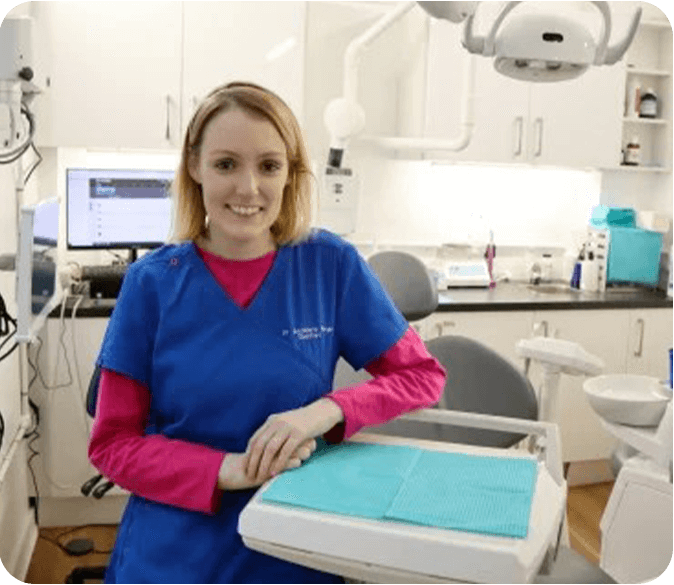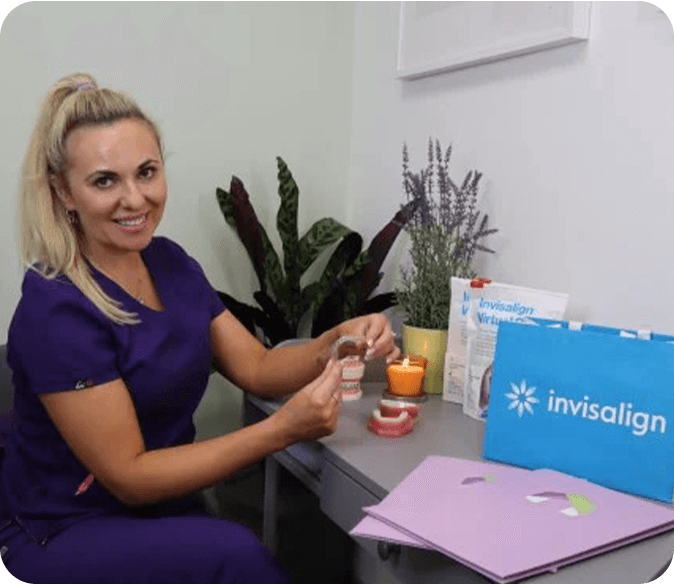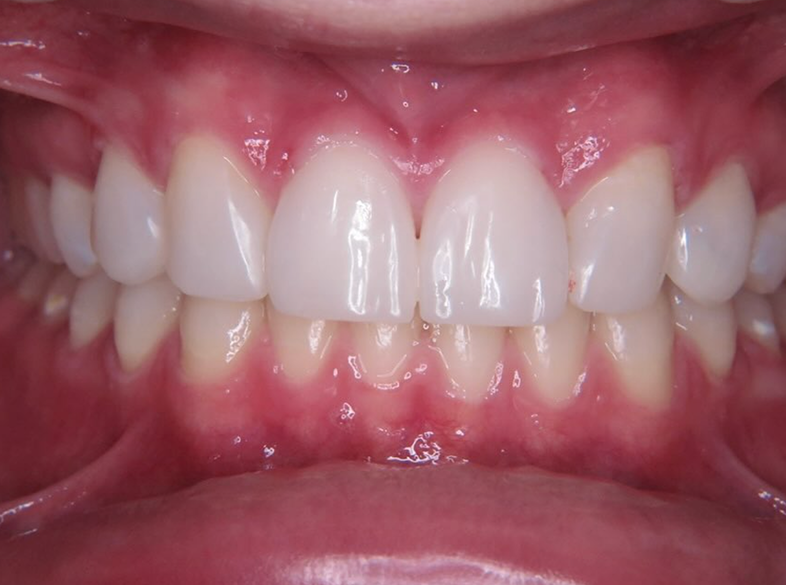4.5 - 172 Google Reviews
Dental hygiene is as important as regular dental check-ups. When brushing teeth, only 60% of the surface is cleaned – the remaining 40% is cleaned with flossing. So, if you don’t floss at all or only intermittently, our dental hygienist must keep on top of any plaque bacteria building up on your teeth. Prevention is one of the best cures, and oral hygiene is vital to your treatment plan.
Arrange a Free Call Back
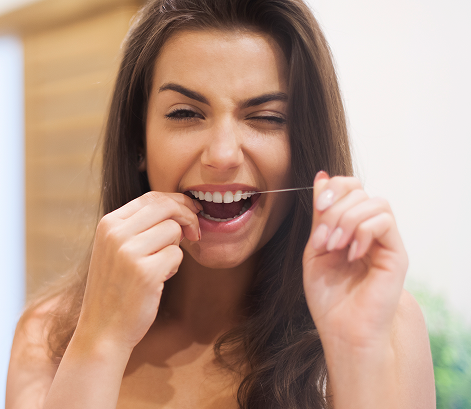
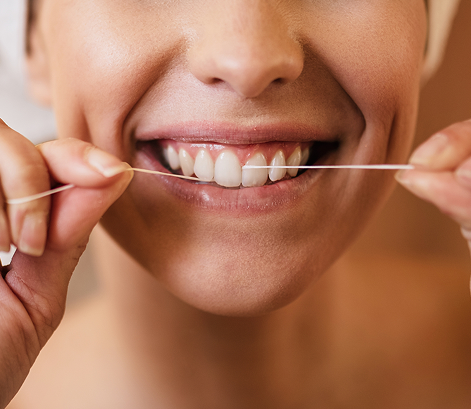
What's a scale and polish dental cleaning?
Firstly, our hygienist removes the plaque and tartar that builds up on your teeth. An ultrasound scraper removes most of the tartar, followed by specialised instruments to remove the remaining tartar and plaque. The second stage is to ‘polish’ the teeth to remove stains leaving teeth clean, bright and shiny. Polishing also makes it harder for plaque build up.
Gum disease is caused by plaque bacteria building up on your teeth over time, no matter how well you brush. Plaque can cause bleeding gums, bad breath, and gum disease. If left untreated, gum disease can result in tooth loss – so getting your teeth professionally cleaned regularly is essential, even if you’re a regular flosser.
Before you attend
Before the dental cleaning, it is important to prepare yourself by scheduling an appointment with your dentist. Make sure to inform them about any dental concerns or medical conditions you may have. On the day of the cleaning, it is recommended to brush and floss your teeth thoroughly to remove any surface debris. This will help the dental hygienist perform a more effective cleaning.
Another important aspect of preparation is to bring along your dental insurance details and any necessary paperwork. This will ensure a smooth and hassle-free visit to the dentist.
BOOK NOW
Once you are prepared, the dental hygienist will begin the cleaning process by examining your teeth and gums. They will use a small mirror and a dental probe to check for any signs of gum disease, cavities, or other dental issues. This thorough examination allows the hygienist to identify any problem areas that need special attention during the cleaning.
During this examination, the hygienist may also take dental X-rays to get a more detailed view of your teeth and jawbone. These X-rays can help in detecting any hidden dental problems that may not be visible during the visual examination.
Book NowOne of the main goals of a dental cleaning is to remove plaque and tartar buildup from the teeth. The dental hygienist will use a small, handheld tool called a scaler to gently scrape off the plaque and tartar from the tooth surfaces, especially along the gumline and in between the teeth. This process may cause some mild discomfort or sensitivity, but it is necessary to maintain oral health.
After removing the plaque and tartar, the hygienist will use a high-powered electric brush and gritty toothpaste to thoroughly clean the teeth. This process helps in removing any remaining plaque or stains. The hygienist may also use dental floss to clean between the teeth and remove any debris or plaque that may have been missed.
Once the teeth are thoroughly cleaned, the dental hygienist will polish them using a rotating rubber cup and a special gritty toothpaste. This polishing process helps in smoothening the tooth surfaces and making them resistant to plaque buildup. It also gives your teeth a clean and shiny appearance.
During the polishing, you may experience a mild vibration and a gritty sensation in your mouth. This is normal and should not cause any discomfort. The dental hygienist may also use a dental floss to ensure all surfaces are clean and free from any remaining debris.
Once the cleaning process is complete, the dental hygienist will provide you with important instructions and recommendations for maintaining good oral hygiene. They may give you tips on proper brushing and flossing techniques, recommend specific dental products, or discuss any necessary follow-up treatments.
It is crucial to follow these recommendations and maintain a regular oral hygiene routine at home. This includes brushing your teeth at least twice a day, flossing daily, and using mouthwash if recommended by your dentist. Regular dental check-ups and cleanings are also essential to prevent any dental issues and maintain a healthy smile.
Did you know that you could be entitled to a dental cleaning under the PRSI scheme?
Call us with your PRSI number so we can check if you qualify.
BOOK NOWMeet the dedicated
Invisalign team
at Smithfield Dental
Experienced professionals committed
to your smile and well-being.
Before & After
Smile Transformations
Your smile is one of your greatest assets,
and we’re here to help you achieve the healthy,
radiant look you deserve.
Book your appointment today
and experience expert care from
our friendly team!

Book your appointment today
and experience expert care from
our friendly team!

FAQ
How often should I get a dental hygiene appointment?
It’s recommended to have a dental hygiene appointment every 6 months to keep your teeth and gums healthy. However, depending on your individual needs, your dentist or hygienist may suggest more frequent visits.
What does a dental hygiene appointment include?
A typical dental hygiene appointment includes professional teeth cleaning, plaque and tartar removal, polishing, and oral health advice. Your hygienist may also perform a gum health assessment and offer tips for brushing and flossing at home.


